Whenever I meet travelers from other countries I ask, “What do you love most about the United States?” One of the top answers is: “You have beautiful natural areas.” Thankfully, as an Ecologist, I restore habitat daily. At the root of it, are plants.
Plants represent life, always reaching and growing in an open embrace toward the sun each day. In their variety of native landscapes, plants fill this world with beauty—equal to sunsets that can only be admired and never possessed. What if we stop caring about them?
Imagine a desert void of vibrant springtime petals among prickly cactus.
Or the rain-and-sun-quenched diversity of the tropics near the equator stripped bare to the ground.
Or what if the tundra’s micro-survivors, living close together and to the surface, with their tiny roots trying to push through permafrost, were pushed out all together? Sadly, picture windswept shorelines without erosion controlling plants, hardened by stagnant walls of rock and concrete, our creeks contained by a network of flumes and pipes. Not pretty.
What vision do you have for your own little corner of the earth?
You can begin by appreciating the benefits of native vegetation. To be surrounded by beauty of diverse, healthy habitats is a privilege; to steward them is our responsibility.
Below are a few reasons to care about trees and plants:
- It takes one acre of trees (100% canopy) to provide enough oxygen for eight people (International Society of Arboriculture, 2007).
- Trees absorb excessive carbon dioxide (gas most responsible for global warming, in addition to methane and nitrous oxide) in the atmosphere and store it over their lifetimes. Longer lived trees release it back into the environment more slowly.
- Trees can remove trace hazardous chemicals from our environment and improve air quality.
- Plant roots bind soil, reduce erosion, and filter and take up common pollutants, thereby improving water quality.
- Trees provide shade to reduce ultraviolet radiation and lower air temperatures.
- Trees shield wind.
- A variety of native trees, shrubs and herbaceous plants provide food sources and habitat to many types of wildlife. Remove and replace invasives with beneficial native plants.
- Mature trees increase property values.
- Trees and native landscapes inspire creativity, poetry, even love, and have a positive effect on health.
- Plants are cool and make people happy.
The benefits of trees and other plants are clear, but we must each contribute. The cliché, “hug a tree,” means so much more when you attach their value. Look past the commonly held view of “It’s my land; I’ll do what I want with it.” Your postage stamp property and everyone else’s combined holds much significance as a whole to this earth. How you manage your property does affect us all.
Plant, preserve and protect.
I am thankful for President Teddy Roosevelt, who in the early 1900’s had the foresight to preserve national forests and parks. It is in some of those parks where I hike today, where I often meet people from other states and far away countries, in awe of a beauty that can’t be possessed. There, too, out my window and in my community, I’m reminded of what grand and beautiful landscapes are beyond it and how each of us has a responsibility to care for them.
Please volunteer on Earth Day in April to celebrate, cherish, and steward this planet we call home.
Love this day!

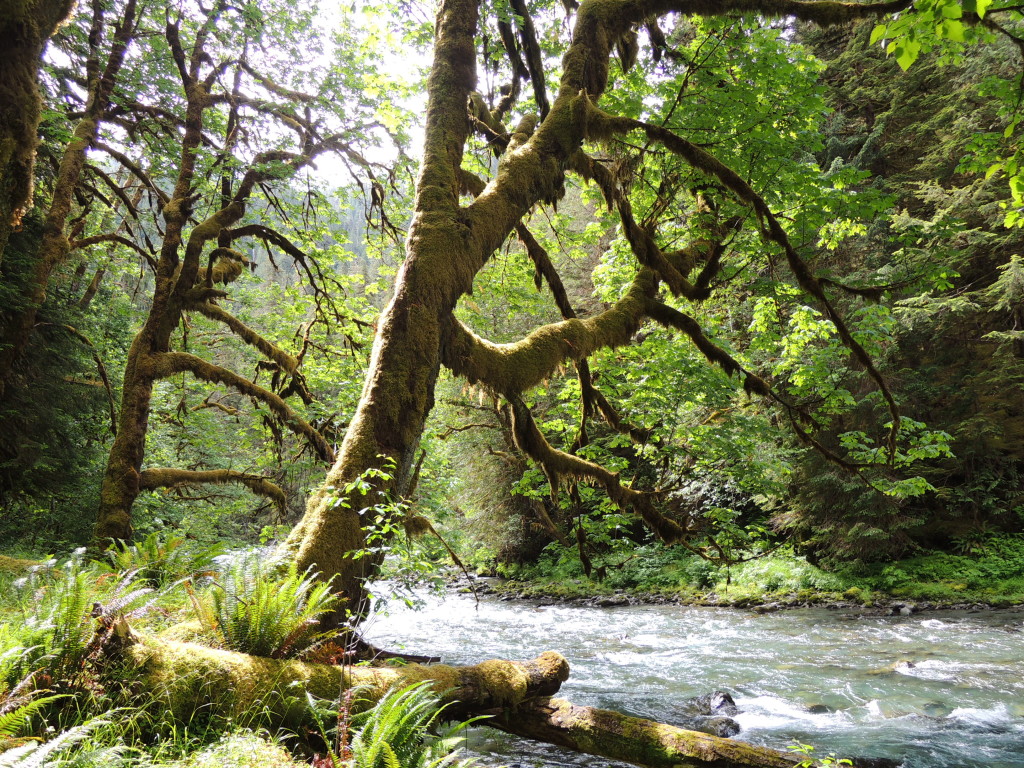
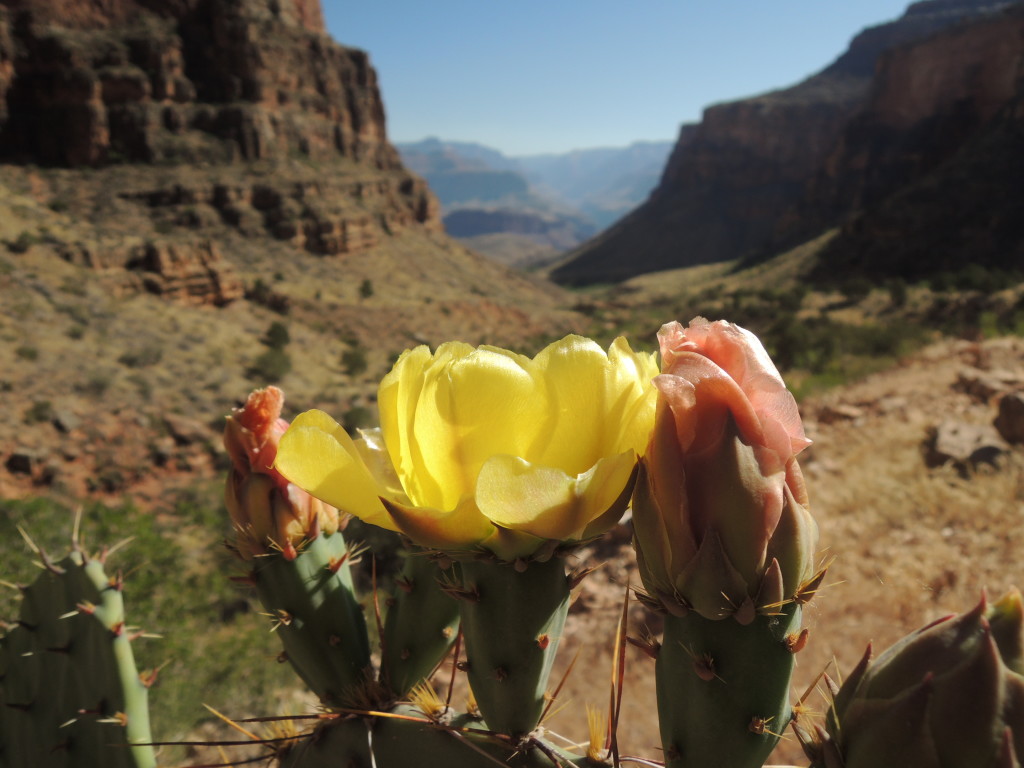
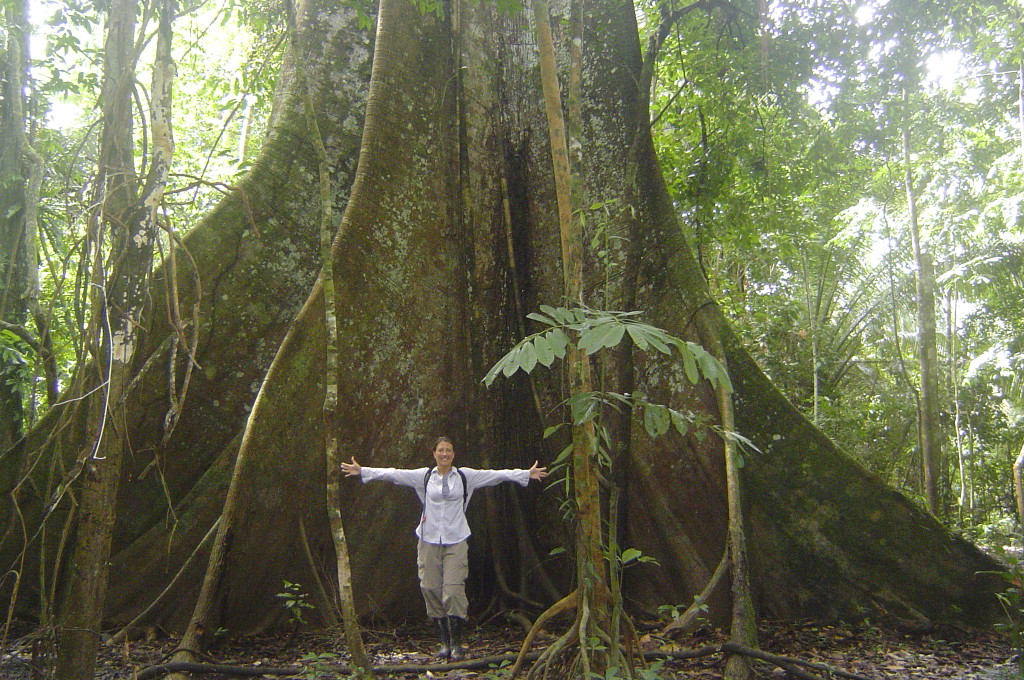
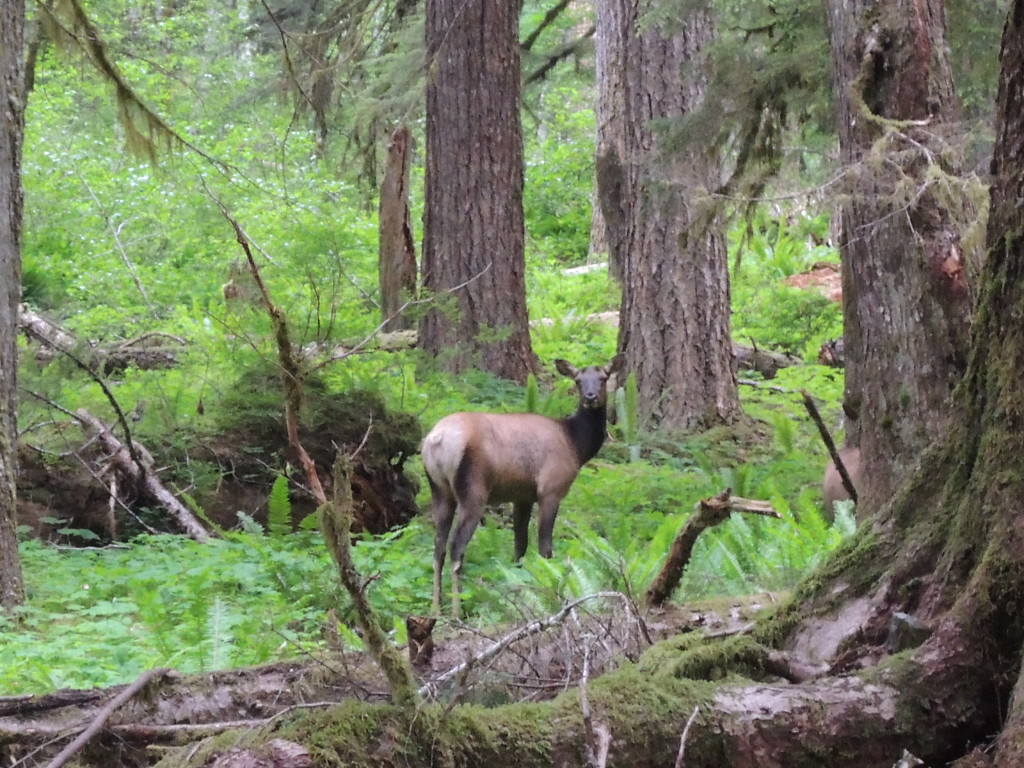
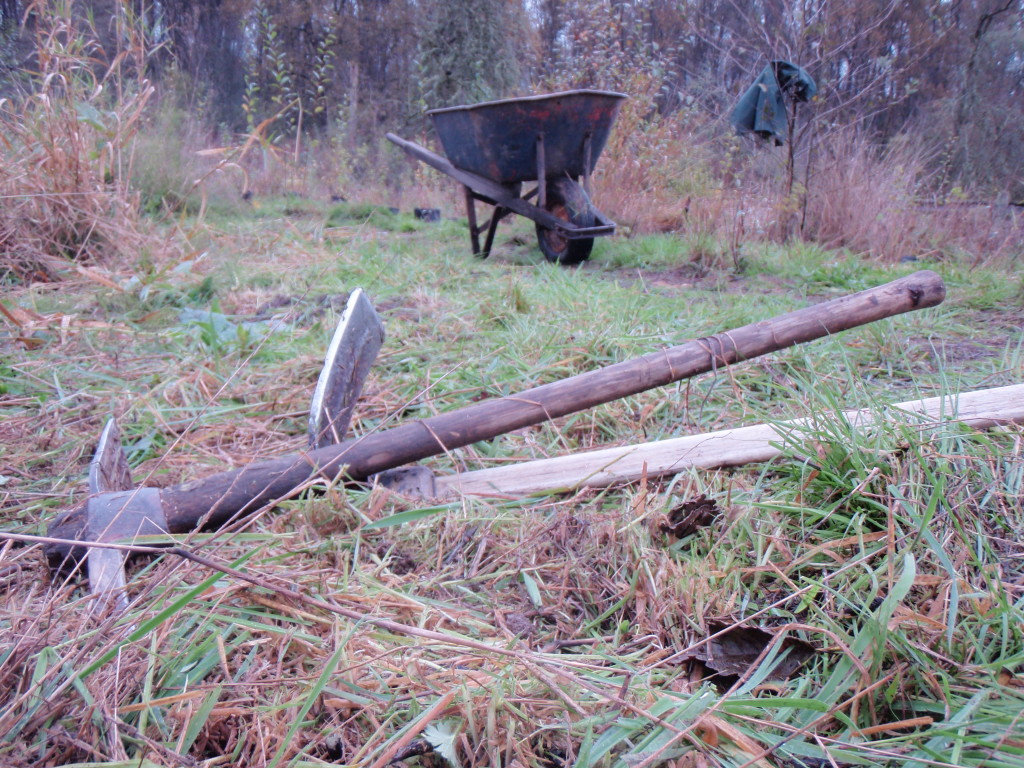
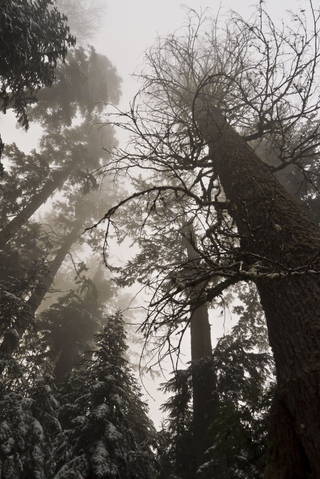
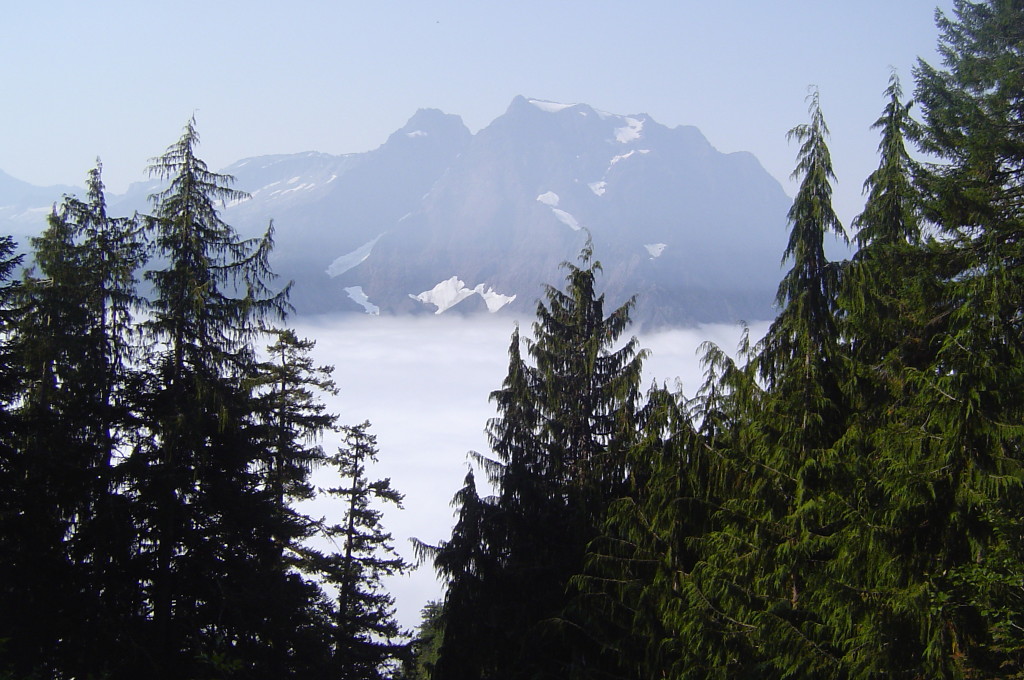
Lovingly written. And wonderful pictures. I will be at your Earth day event if I’m in town.
Yay, Sue. It’ll be great to see you again, especially if you’ll conquer ivy with me.